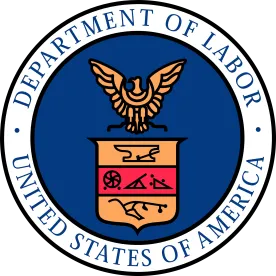On March 24, 2020, the Department of Labor Wage and Hour Division issued the Families First Coronavirus Response Act: Questions and Answers (the “Q&A”). The Q&A, which is not law, provides some limited guidance to employers, including the following:
-
Emergency paid sick leave (“EPSL”) and the expanded paid Family and Medical Leave benefits (“Expanded FMLA”) under the Families First Coronavirus Response Act (“FFCRA”) will be available from April 1, 2020, through December 31, 2020. The leave benefits will not be retroactive, and will not apply to leave taken before April 1, 2020.
-
Private sector employers with fewer than 500 employees must provide FFCRA benefits. To determine FFCRA coverage, an employer must count all full- and part-time United States-based employees (i.e., those in any state, the District of Columbia and any U.S. territory), including (a) employees on leave; (b) temporary employees (even if jointly employed by another entity and regardless of which pays the employees); and (c) day laborers supplied by a temporary agency (regardless of which entity pays).
-
An employee may not take more than two weeks of EPSL in total. That is, an employee may not take two weeks of EPSL for the employee’s own COVID-19 illness and then additional EPSL for another qualifying reason, such as to care for a family member who has COVID-19.
-
The amount of daily leave available to a part-time employee is determined by evaluating the employee’s average number of work hours in a two-week period (based on the hours the employee is normally scheduled to work). However, if the part-time employee’s schedule varies or regular hours are unknown, the employer must use a six-month average to calculate daily hours. If the employee has been employed for less than six months, the employer must use the number of hours that the employee and employer agreed the employee would work upon hiring (or, if there was no such agreement, an employer may calculate the hours of available leave based on the average hours per day the employee was scheduled to work over the term of his or her employment).
Notably, the Q&A leaves many critical questions unanswered, including:
-
whether a shelter in place order issued by a state is a “quarantine” or “isolation” order which entitles employees to EPSL;
-
whether an employee who has already taken FMLA leave or exhausted his or her non-emergency FMLA leave entitlement may still take the full 12 weeks of FFCRA Expanded FMLA leave; and
-
whether EPSL or Expanded FMLA leave may be taken (at the employee’s choice or with the employer’s permission) on an intermittent basis.
In addition, the Q&A refers to counting employees (to determine coverage under the FFCRA) using both joint employer and integrated employer tests. The application of these tests will require a fact-specific analysis to determine whether employees of two separate legal entities, such as subsidiaries of a common parent, should be aggregated for purposes of applying the fewer than 500 employees coverage standard.





 />i
/>i
